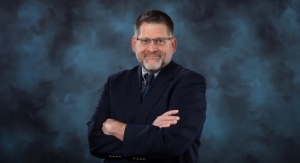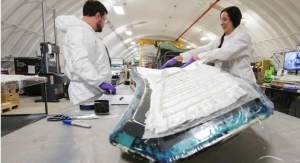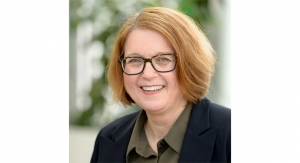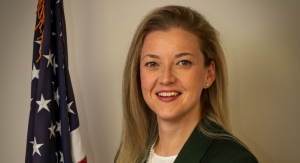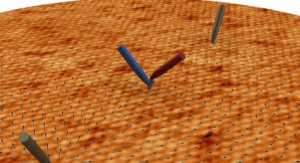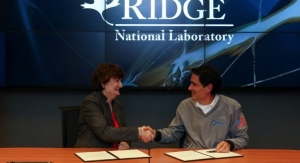11.01.17
Researchers at the Department of Energy’s Oak Ridge National Laboratory (ORNL) are partnering with the city of Oak Ridge to develop UrbanSense, a sensor network and real-time visualization platform that helps cities evaluate trends in urban activity.
The project, initiated by ORNL’s Urban Dynamics Institute, centers on addressing cities’ real-world challenges through applied urban science.
“Preparing for urban growth and planning for future infrastructure development and resource demands are global problems, but cities need ways to be proactive on a local level,” said UDI director Budhendra Bhaduri. “Our goal in bringing science to cities is to put the right tools and resources in the hands of city managers and urban planners so that they can assess local impacts and make strategic decisions to get the best return on future investments.”
UDI researchers Teja Kuruganti and Gautam Thakur from ORNL’s Computer Science and Engineering Division are collaborating with Bruce Applegate, Oak Ridge director of administrative services, on the design and deployment of UrbanSense.
The prototype designed for Oak Ridge monitors population density, traffic flow and environmental data including air and water quality, with a total of seven sensors to be installed in the city. “The longer they are in place and the more data they collect, the better the city’s sense of its trends will be,” Thakur said.
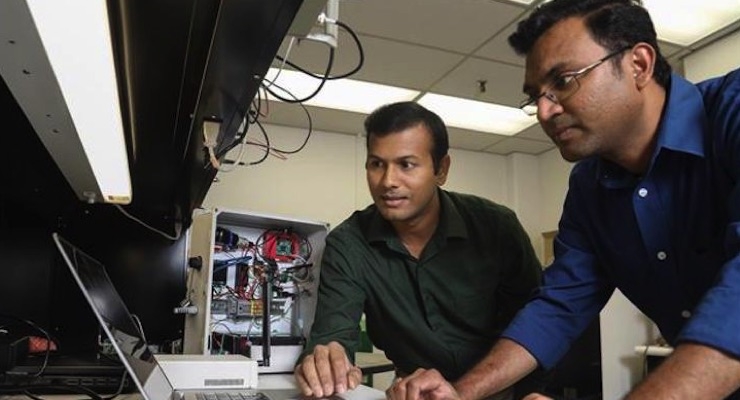
ORNL researchers Gautam Thakur, left, and Teja Kuruganti demonstrate UrbanSense, a novel sensor network aimed at helping cities manage their growth and evaluate future development opportunities. The platform collects open-source population, traffic and environmental data in cities and delivers real-time dynamics to users via an online dashboard. (Credit: Jason Richards/Oak Ridge National Laboratory, U.S. Dept. of Energy)
The project, initiated by ORNL’s Urban Dynamics Institute, centers on addressing cities’ real-world challenges through applied urban science.
“Preparing for urban growth and planning for future infrastructure development and resource demands are global problems, but cities need ways to be proactive on a local level,” said UDI director Budhendra Bhaduri. “Our goal in bringing science to cities is to put the right tools and resources in the hands of city managers and urban planners so that they can assess local impacts and make strategic decisions to get the best return on future investments.”
UDI researchers Teja Kuruganti and Gautam Thakur from ORNL’s Computer Science and Engineering Division are collaborating with Bruce Applegate, Oak Ridge director of administrative services, on the design and deployment of UrbanSense.
The prototype designed for Oak Ridge monitors population density, traffic flow and environmental data including air and water quality, with a total of seven sensors to be installed in the city. “The longer they are in place and the more data they collect, the better the city’s sense of its trends will be,” Thakur said.

ORNL researchers Gautam Thakur, left, and Teja Kuruganti demonstrate UrbanSense, a novel sensor network aimed at helping cities manage their growth and evaluate future development opportunities. The platform collects open-source population, traffic and environmental data in cities and delivers real-time dynamics to users via an online dashboard. (Credit: Jason Richards/Oak Ridge National Laboratory, U.S. Dept. of Energy)

